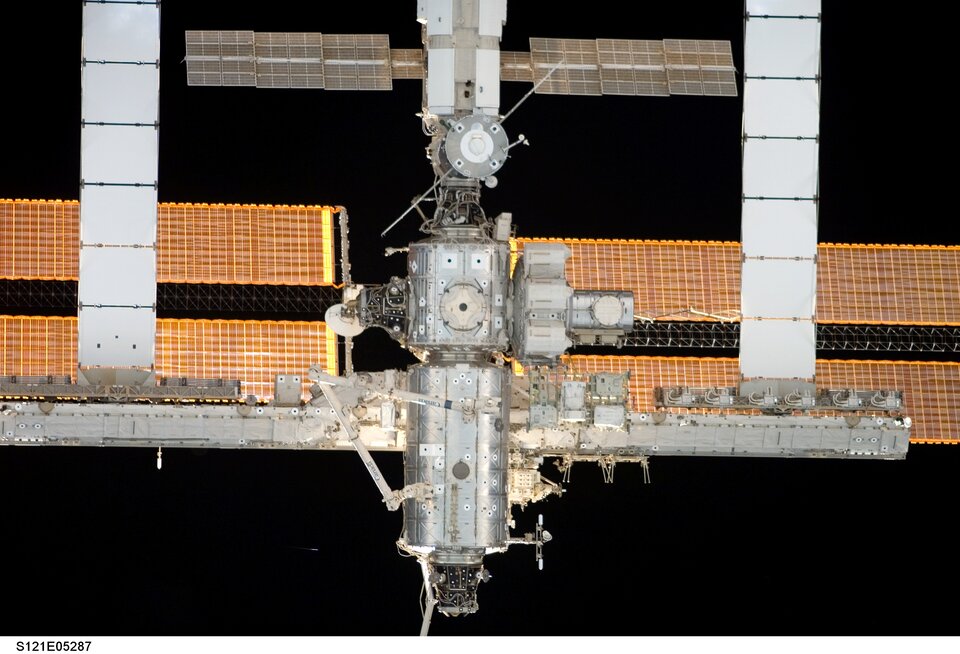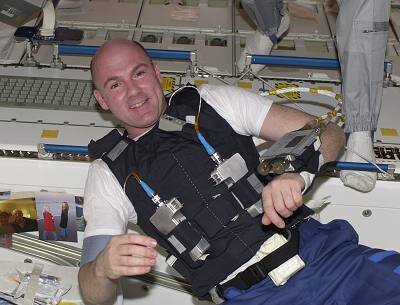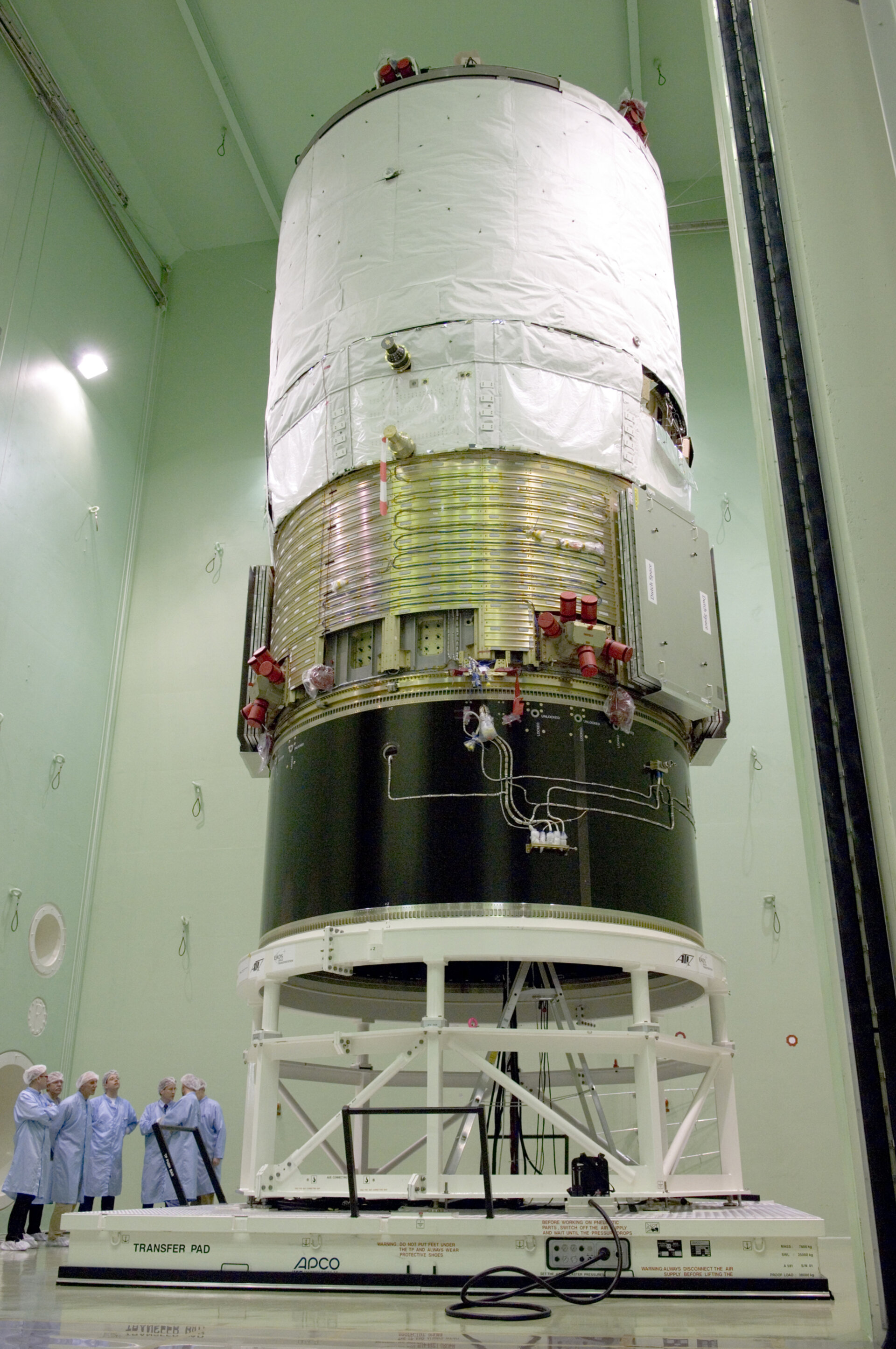Tour of ESTEC
How are satellites born?
Developing a space project is a complex process and often takes anything from five to ten years. Every project starts with an idea for scientific research or for an application. The engineers at ESTEC look at the feasibility of an idea, and then work it out step-by-step together with the space industry. This is a painstaking process in which they cannot afford to make any mistakes, since it is almost impossible to repair a satellite once it is in space.

ESA specialists work closely together with the European Space industry in developing and testing sophisticated technologies needed to make future projects possible. With 30 years experience, ESTEC has the expertise in house for its wide-ranging task.
Who builds the satellites?

The satellites are built by commercial companies that are accountable to an ESA project team at ESTEC. This team is closely concerned with all aspects of the construction work at all times to ensure that the end result meets all the requirements.

The satellite must be tested thoroughly. For example, the severe vibrations experienced during a launch are simulated in the ESTEC test centre. The satellite is also exposed to the tremendous noise a launcher generates to make sure that it will not be damaged during the launch.
In the space simulation facility, test engineers expose the satellite to the vacuum conditions and the extreme temperatures in space for several weeks. This checks whether the satellite will continue to function properly under these extreme conditions.
Intensive testing goes on for months, until ESA is satisfied that the satellite is capable of performing well for the whole of its planned lifetime.
How is a satellite brought to space?

Once the test phase at ESTEC has been completed, the satellite is carefully packed for transport to the launch site. A team of specialists accompanies the satellite to prepare it for launch on site.
Depending on the mission, the satellite is put into orbit by an Ariane-5, a Space Shuttle, or another launch vehicle.

Once the satellite is safely in orbit, responsibility for it passes to ESTEC’s sister organisation, the European Space Operations Centre (ESOC ) the ground control centre in Germany. ESTEC specialists are involved in starting up the instruments and solving any problems.
A team of ESA astronomers also carries out research at ESTEC using the results obtained by the satellites, while other scientists in Noordwijk set up the experiments conducted on-board the international space station
How is ESTEC involved in the International Space Station?

The development of European contributions to the Space Station, such as the Columbus laboratory and the ATV cargo vehicle, are managed from ESTEC. Some ESA astronauts are stationed in the Netherlands so that they can share their practical experience with the scientists and engineers.

There is an information centre in the Erasmus building for researchers from commercial companies and universities who want to conduct experiments in a weightless environment. This is where ESA selects the new experiments for the space station, and it is from here that ESTEC provides scientific and technical support.
ESA also works through ESTEC by providing part of the day-to-day planning and coordination for some missions involving European astronauts.
Conclusion
ESA’s people at ESTEC never sit still. While some of them are putting the finishing touches to satellites that are ready for launch, others are already working on new ideas.
This is the cycle that has already resulted in dozens of successful missions— making space exploration in Europe a part of our daily lives.





